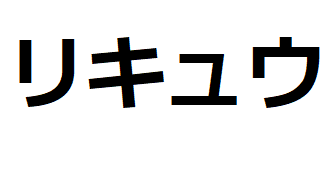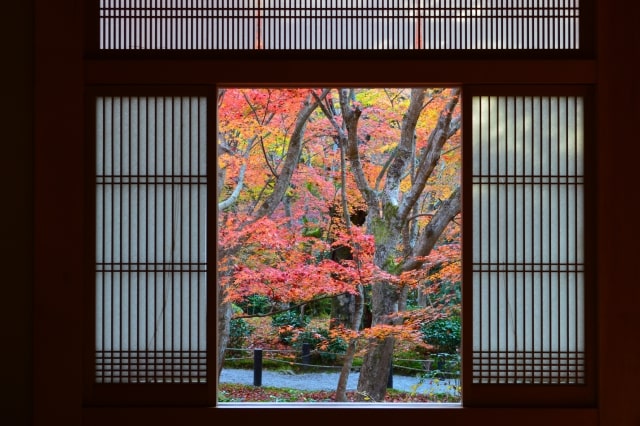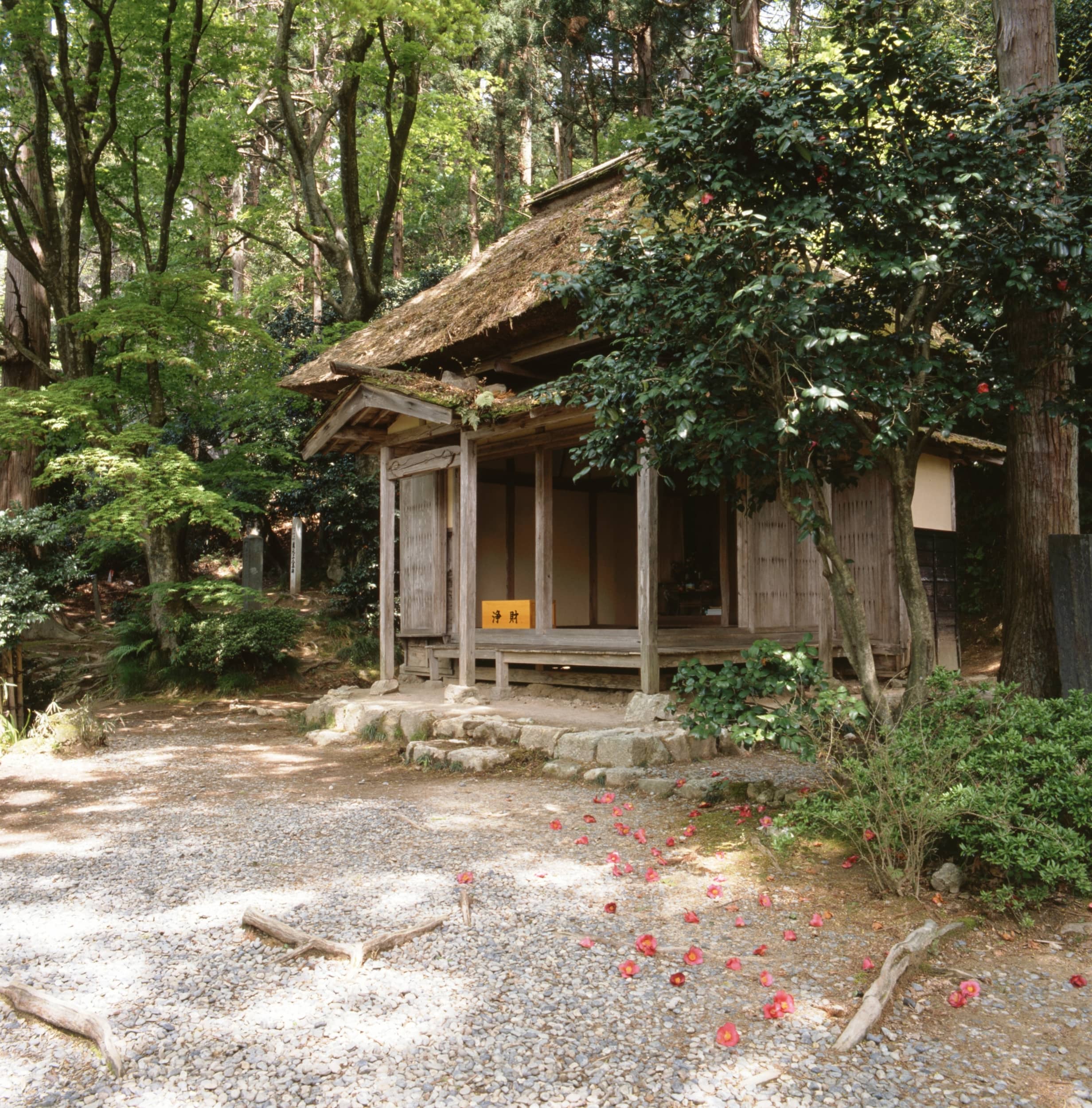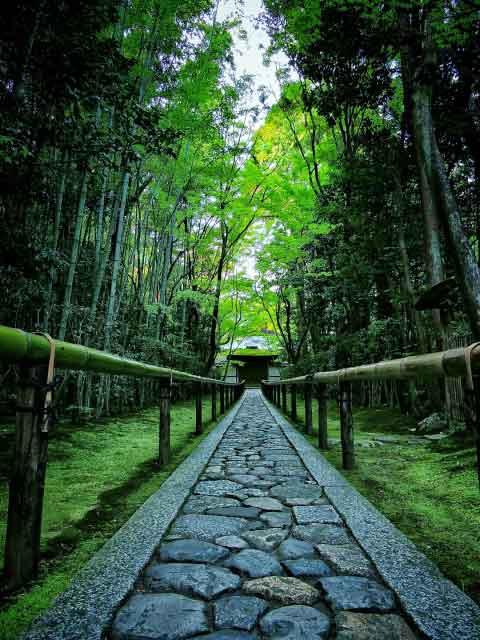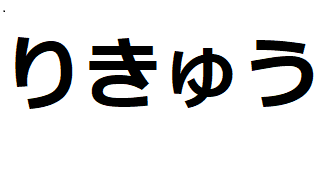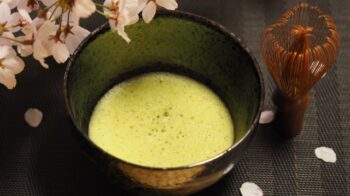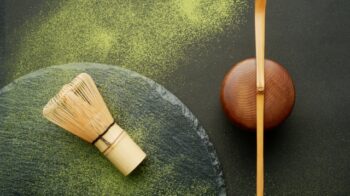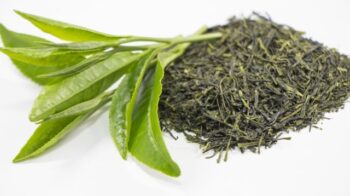Tea masters
Welcome to the world of Tea masters.
In order to understand the history of tea ceremony, we can never forget two tea masters:
Ikkyu (一休) and Rikyu (利休).
Interestingly, both names are finished by Kyu(休) .
Meaning repose or break, Kyu (休) is a very important concept in the Zen world.
Let’s look into their stories.
Below is the contents of this page.
1. Ikkyu (1394-1481)
Firstly, Ikkyu.
Ikkyu was a son of Emperor Go-Komatsu and his favorite young noblewoman.
As an illegitimate child, he was sent away at the age of six, and began to train as a Buddhist monk.
According to Ikkyu’s saying, he achieved enlightenment at the age of 25 and it was at the very moment of hearing a crow calling in the dead of night.
However, even after his enlightenment, his lifestyle didn’t change.
Dressing in rags and carrying a wooden sword, his appearance was far from what was expected for monks.
In addition, partaking meat, alcohol, and pleasures of the flesh, he had no qualms about breaking Buddhist laws.
Because what he esteemed with heart was quite different from what other Zen monks sought for.
Nevertheless, at the age of 81, he became a head priest of Daitokuji, one of the most important Zen temples in Kyoto, by the order of the emperor.
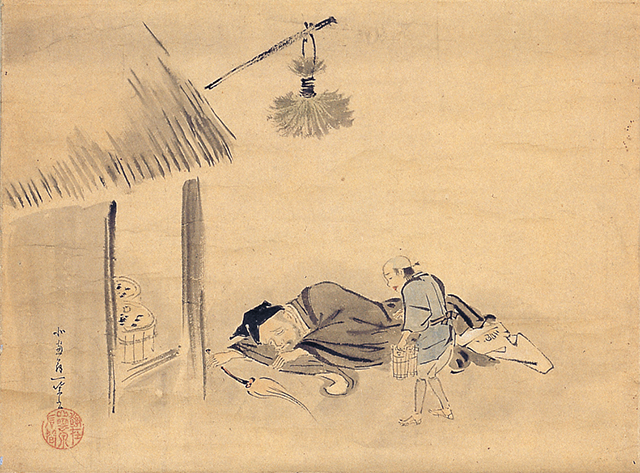
Tea master Ikkyu
Ikkyu is a master of Murata Juko(1422-1502) not only of Zen but also, tea.
Subsequently, his spirit was inherited by Takeno Joo and his disciple Rikyu completed “Wabicha” as an aesthetic and spiritual art form of tea ceremony at the end of 16th century.
– Three most popular monks of Zen
By the way, Japanese people like to choose three magnificent things and Ikkyu is what we call, one of the three most popular monks of Zen.
Incidentally, these three were all very erudite and always stood against power.
- Ikkyu (1394-1481)
Ikkyu is also famous for his acid wit. - Takuwan (1573-1646)
Takuwan is also an inventor of popular pickles called Takuwan. - Ryōkan (1758-1831)
Ryōkan was always a mendicant priest. When he won nothing, he ate nothing. When he gained much, he gave the excess to the people in need.
2. Rikyu (1522-1591)
Secondly, Rikyu.
Rikyu was born in 1522 in Sakai city, a free city governed by a council of 36 wealthy merchants. In those days, the city boasted the culture of the highest level in Japan.
Firstly, he was a tea master for Oda Nobunaga and after his death in 1582, he served Toyotomi Hideyoshi.
However, Rikyu was not just a tea master. Because he intimately involved himself in politics of Toyotomi’s regime.
When a feudal lord visited Hideyoshi’s brother named Hidenaga, he told the visitor,
“Consult your private matters to Rikyu, and public ones to me”.
But, after the death of Hidenaga, the situation surrounding Rikyu abruptly changed.
Hara-kiri
Rumours blaming Rikyu for treachery against Hideyoshi grew increasingly persistent.
Partly because of the jealousy among other Hideyoshi’s subordinates and partly because of the jealousy of Hideyoshi himself.
As for Hideyoshi’s bad energy toward Rikyu, there are many theories and we can find many novels.
In any case, finally, Hideyoshi ordered Rikyu to commit ritual suicide (Harakiri) on the unreasonable ground that he had installed a wooden image of himself at the main gate of Daitokuji temple.
In February 1591, Rikyu followed this outrageous order without making any explanation.
Incidentally, Daitokuji is the temple where Ikkyu served as a head priest in his sunset years.
3. What’s wabicha?
Wabicha is Wabi-cha. As you already know, cha means tea.
Then, what is Wabi?
Originally, it meant desolate or lonely.
But gradually, the word Wabi became lofty and religious.
In many cases, Wabi is combinedly understood and mentioned with Sabi .
Wabi Sabi
Simply put, Wabi Sabi is a Japanese art of finding beauty in imperfection, accepting the natural cycle of growth, decay, and death.
Things in bud or things in decay are more evocative of Wabi Sabi than things in full bloom.
Because they suggest the transience of things.
Things come and things go.
It reminds us that we are all but transient beings in the process of returning to the dust from which we are made.
Through Wabi Sabi, we learn to embrace rust, frayed edges and the march of time they represent.
(Attention: It’s not Wasabi)
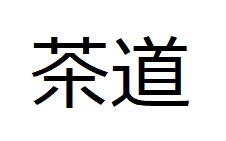
Sadou
However, we don’t use the word “wabicha” so often in our daily life.
We prefer to use the word 茶道 Sadou which literally means “the way of tea”
Because we love to add the word “道 dou/way” at the end of some practices and extract something mental or spiritual.
For example,
4. Kanji and Kana
1) Kanji
To learn Kanji (Chinese characters) is always interesting and beneficial to understand what the word means.
Through Kanji, we can virtually grasp not only the meaning of the word, but also the background it was born in.
Kanji for Ikkyu is 一休 and Rikyu is 利休.
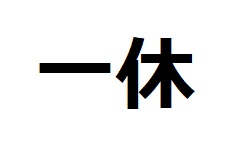
Ikkyu
Firstly, 一.
一 means one or first. Incidentally, two is 二 and three is 三.
Secondly, 休.
On the left side, you can find 亻 which means a person or human being. On the other hand, on the right side, you can find 木 which means tree. In total, 休 signifies a person who reposes leaning against a tree. Thus, the Kanji 休 comes to indicate repose or break.
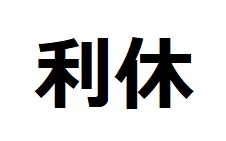
Rikyu
Next, 利.
On the left side , you can find ⽲ which means crops. On the other hand, on the right side, you can find 刂which means a sharp knife. In total, 利 signifies to get harvest. Thus, the Kanji 利 comes to indicate to get a profit. In addition, it means sharp or acute.
2) Kana
By the way, there are two phonograms (kana) in Japanese: 1) Hiragana and 2) Katakana.
According to the most supported theory, both of them were formed by adopting one element of a Kanji character with similar sounding.
Originally, Hiragana were only for women. But today, it has by far the wider usage.
Talking of 2) Katakana, we use it mainly for foreign origin words.
Incidentally, there are 46 characters in both Hiragana and Katakana systems.
As for Ikkyu, Hiragana is いっきゅう and Katakana is イッキュウ.
As you can see, tu (つ/ツ) and yu (ゆ/ユ) are smaller than other characters.
By writing it smaller, the pronunciation changes from Ikiyu to Ikkyu.
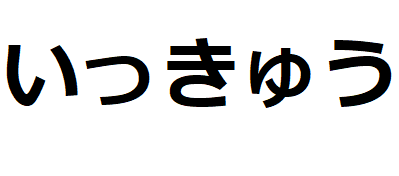
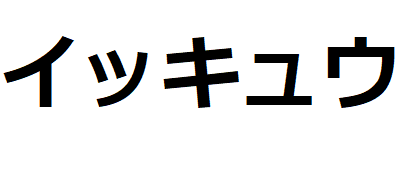
As for Rikyu, Hiragana is りきゅう and Katakana is リキュウ.
As you can see, yu (ゆ/ユ) is smaller than other characters.
By writing it smaller, the pronunciation changes from Rikiyu to Rikyu.
